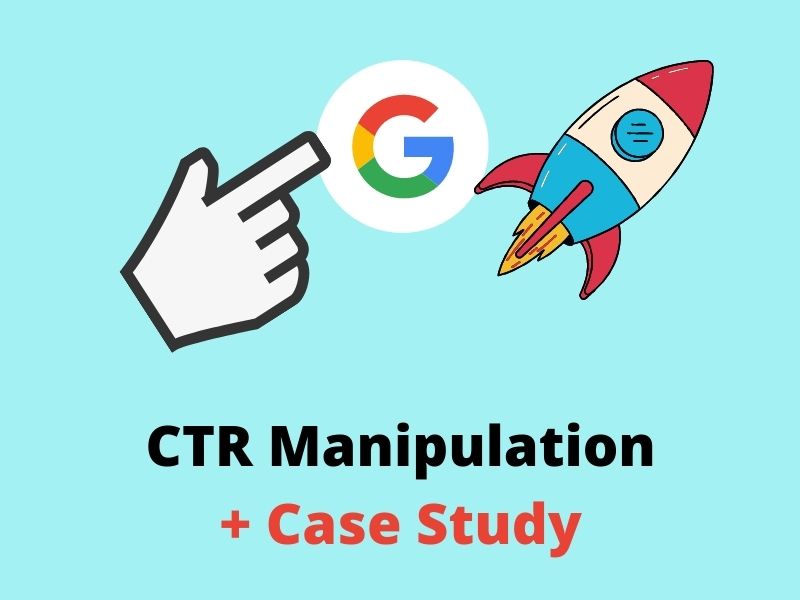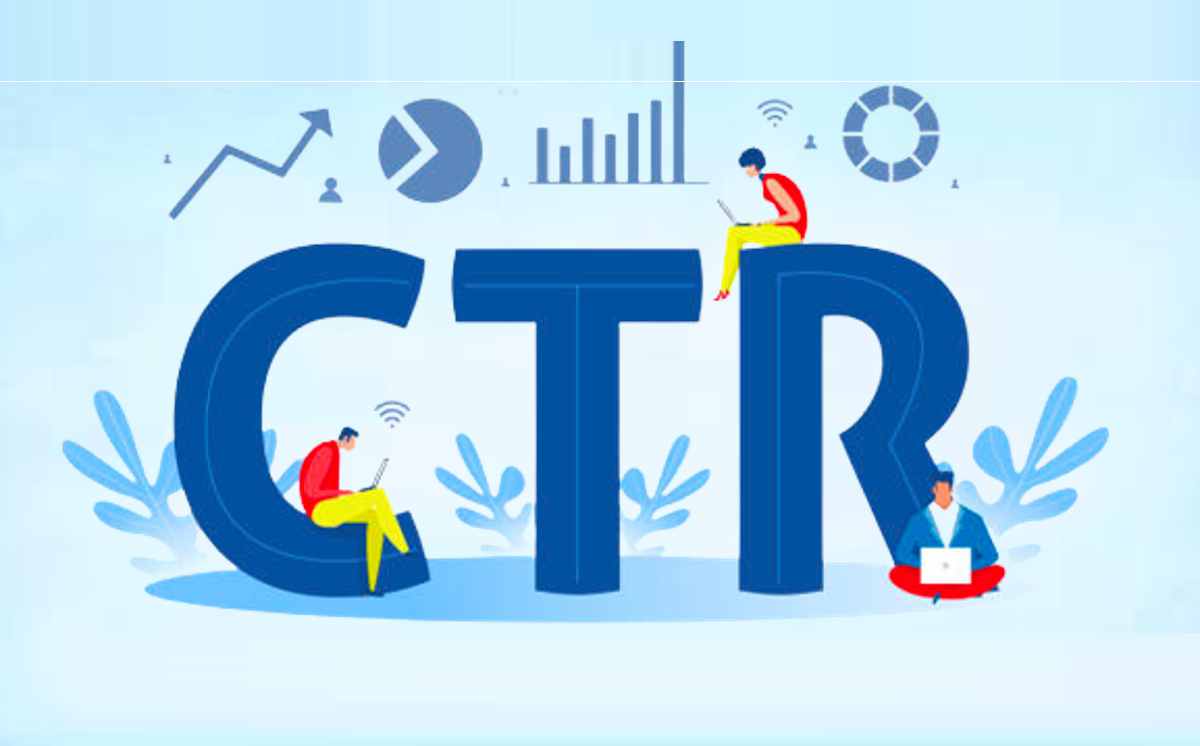Raise Your Business Exposure with Our CTR Manipulation Service
Raise Your Business Exposure with Our CTR Manipulation Service
Blog Article
Maximizing Organic Click-Through Fees With CTR Adjustment
The optimization of organic click-through rates (CTR) is a nuanced undertaking that hinges on comprehending both individual psychology and reliable web content discussion. The landscape is swarming with mistaken beliefs and oversimplifications about what absolutely drives CTR.
Comprehending Click-Through Fees
Understanding click-through prices (CTR) is vital for reviewing the performance of internet marketing methods. CTR gauges the percent of individuals who click on a specific web link or promotion contrasted to the complete variety of individuals who view it. A greater CTR shows that the web content is engaging and appropriate to the target market, while a lower CTR may signify a requirement for optimization.
To compute CTR, divide the variety of clicks by the variety of impacts and increase by 100. For instance, if an advertisement receives 300 clicks out of 10,000 impressions, the CTR would certainly be 3%. This statistics is critical for assessing various elements of electronic advertising, consisting of search engine optimization (SEO), email campaigns, and social networks advertising.
In addition, analyzing CTR assists marketers identify which strategies generate the most effective outcomes and which call for improvement. By concentrating on enhancing CTR, companies can boost their web content's exposure and effectiveness, bring about raised traffic and potential conversions. Recognizing the subtleties of CTR is foundational for any marketing expert aiming to maximize their online presence and make best use of return on investment (ROI)
The Psychology of User Habits
Individual habits is dramatically affected by psychological elements that dictate just how individuals interact with online material. Comprehending these elements is necessary for enhancing click-through prices (CTR) in natural search results. Cognitive biases, such as the anchoring result, play an important duty in shaping customers' understandings. Their first perceptions can heavily influence their subsequent judgments concerning relevance and reputation. when users come across details.
Psychological actions additionally considerably influence user actions. Content that reverberates psychologically can cause a feeling of necessity or inquisitiveness, triggering users to click. In addition, social evidence-- such as individual evaluations or ratings-- can improve depend on and motivate engagement, as individuals often want to the habits of others to educate their own choices.
Additionally, the principle of shortage can drive clicks - LinkDaddy CTR Manipulation. Limited-time deals or exclusive content produce an anxiety of missing out (FOMO), engaging customers to act rapidly. Understanding these emotional motorists makes it possible for marketing professionals to develop even more engaging material that reverberates with their target audience
Efficient CTR Adjustment Techniques
Leveraging mental understandings can dramatically improve click-through prices (CTR) with targeted adjustment techniques. Among one of the most reliable techniques is using compelling headlines that evoke curiosity or necessity. Wording titles as questions or incorporating numbers can draw in even more attention, motivating individuals to click.
One more technique involves maximizing meta summaries to develop a feeling of importance and immediacy. By plainly laying out the services or benefits supplied in the web content, you can engage potential readers and encourage them to click. Furthermore, using power words-- such as "unique," "confirmed," or "cost-free"-- can boost the appeal of your material.
Aesthetic components likewise play an essential role. Integrating attractive photos or thumbnails can draw customers in and improve CTR. A/B screening various visuals can help recognize which pictures resonate best with your target market.
Finally, guaranteeing that your content promises deliverable value causes higher CTR. They are more likely to engage when customers perceive that clicking will certainly provide them with purposeful insights or solutions. By employing these strategies attentively, marketing professionals can effectively adjust CTR to their advantage while maintaining ethical criteria.
Common Myths Regarding CTR
Several mistaken beliefs border click-through rates helpful hints (CTR) that can lead marketers to make illinformed choices. While a high CTR recommends that even more customers are clicking, it does not ensure sales or conversions.
An additional typical belief is that CTR is a separated metric. Actually, CTR ought to be evaluated combined with other efficiency indicators, such as bounce price and conversion rate, to acquire a holistic sight of project success.
In addition, some marketers think that maximizing for CTR alone suffices. Focusing exclusively on CTR can lead to clickbait techniques that might draw in clicks but stop working to engage individuals meaningfully. CTR Manipulation imp source Press Release. This approach can harm brand name credibility and result in lower retention rates
Finally, there is a notion that CTR techniques are widely effective. The fact is that optimal CTR tactics can vary dramatically across industries and target market, requiring tailored techniques for various market sections. Comprehending these myths is essential for developing effective CTR techniques that line up with overarching marketing objectives.
Gauging CTR Success
Although high click-through rates (CTR) can suggest successful engagement with material, gauging their real success requires a detailed evaluation of numerous aspects. It is important to comprehend the context in which the CTR is accomplished. For circumstances, a high CTR on a deceptive title might not convert to purposeful interaction or conversions, eventually reflecting poorly on the brand name's reliability.
2nd, reviewing the source of traffic is important. Organic web traffic from online search engine can indicate a durable material method, while clicks from unimportant sources may indicate a lack of targeting. Furthermore, gauging the succeeding individual actions is vital; assessing metrics such as bounce rate, time invested in web page, and conversion rates can provide much deeper understandings right into the top quality of the engagement launched by the CTR.

Conclusion

The optimization of natural click-through rates (CTR) is a nuanced venture that pivots on comprehending both user psychology and efficient web content discussion. CTR gauges the percentage of individuals that click on a specific link or advertisement contrasted to the complete number of customers that watch it. A higher CTR shows that the content is engaging and relevant to the target audience, while a lower CTR might signify a demand for optimization.
Concentrating exclusively on CTR can lead to clickbait strategies that might attract clicks however fail to involve customers meaningfully. Additionally, measuring the succeeding user actions is important; analyzing metrics such as bounce price, time spent on web page, and conversion prices can give much deeper insights into the top quality of the engagement started by the CTR.
Report this page